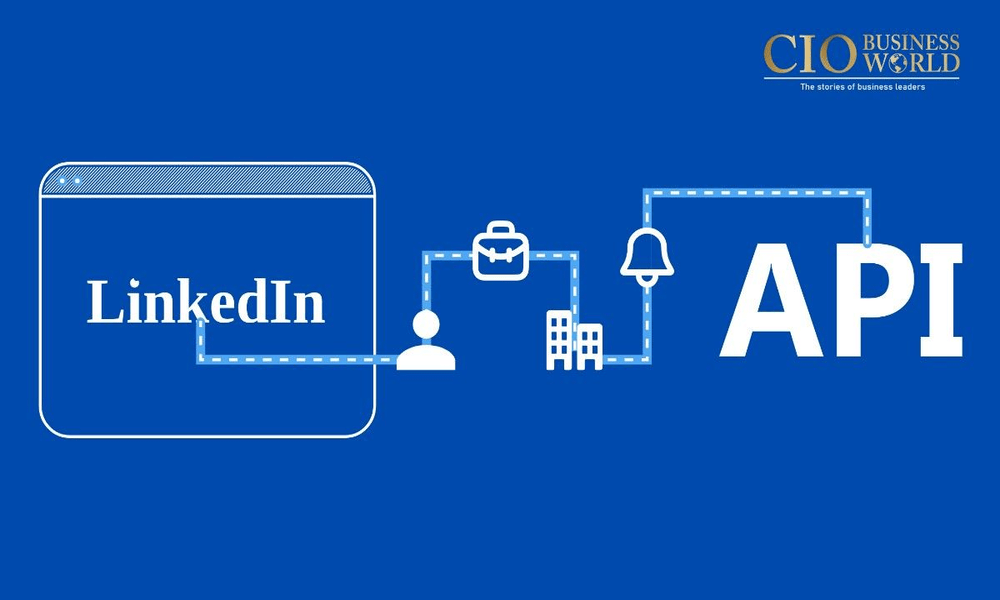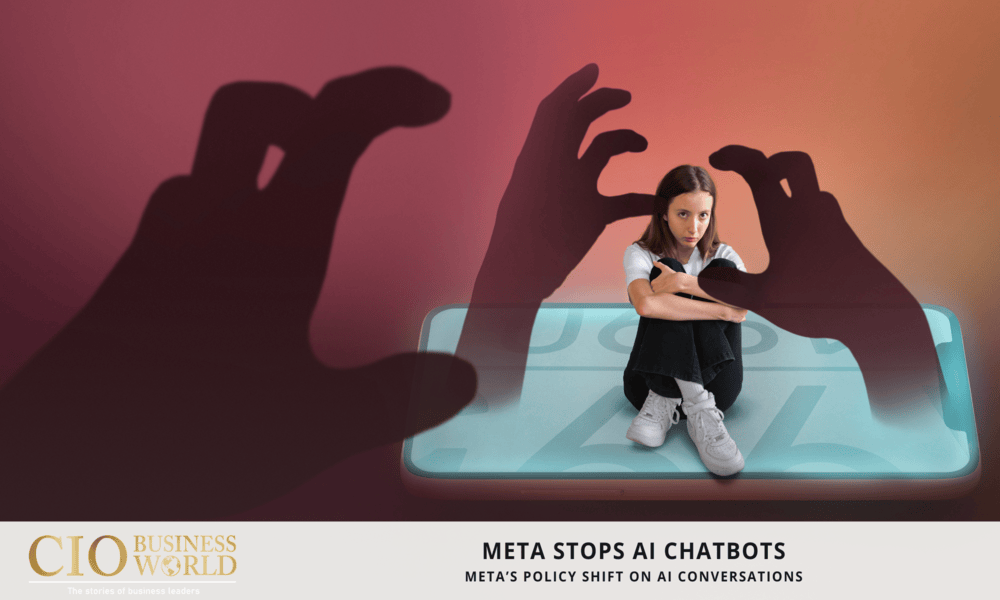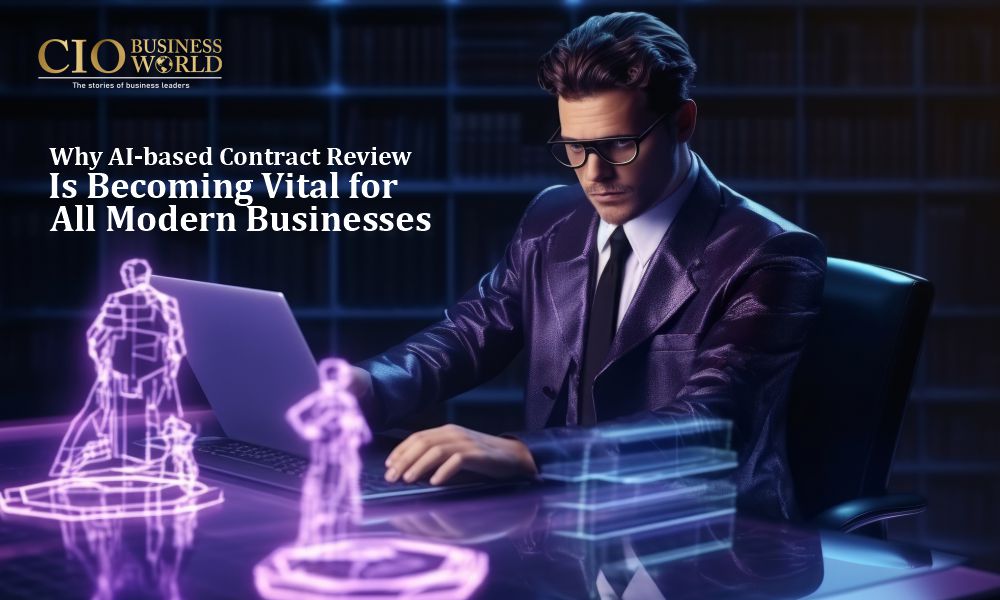For years, HR was often viewed as a support function, important, but rarely central to strategy.
I’ve witnessed this perception firsthand in boardrooms. In reality, that world doesn’t exist anymore.
Today’s businesses compete in a market fueled by data, digital transformation, and the rapid transition of artificial intelligence in decision-making.
As a CHRO, this makes me think about a matter a lot: In the era of artificial intelligence, what part should an HR play in leadership and business strategy?
Well, HR is no longer on the sidelines. As CHROs, we are now expected to shape business outcomes directly, not just manage people. And this requires us to take our rightful seat at the leadership table.
In this article, I will share my perspective on why HR must evolve into a strategic function powered by AI, how I’ve seen this shift unfold in my own practice, and what it means for the future of leadership.
Why HR Can Be a Business Strategy Driver?
When I speak with CEOs and boards, one common topic is their concern for talent, agility, and adaptation.
No business strategy succeeds without the right people aligned to the right outcomes. HR has always understood this, but today, we have the tools to prove it.
The major shifts I have observed so far:
- From intuition to data: AI analytics now help us to accurately forecast workforce remodelling, detect skill gaps, and simulate workforce planning, which seemed impossible even a few years back.
- From operational to strategic: HR has expanded beyond payroll and implementing policies. It’s about driving revenue growth, enhancing market positioning, and fostering innovation capacity.
- From compliance to culture: Leaders now recognize that employee experience directly impacts business performance, and HR owns that narrative.
This evolution positions the CHRO not just as a policy-maker, but as a business strategist at the highest level.
The CHRO’s Seat at the Leadership Table
In my experience, earning that seat is not automatic; it requires proving HR’s value in business language. When I sit at executive meetings, my contributions aren’t about “headcount” or “hiring” in isolation. They’re about:
- How talent strategies drive profitability
- How culture enables innovation
- How workforce agility reduces business risk
One example: during our latest expansion campaign, AI-powered workforce modeling helped us in predicting the skills needed to succeed in new industries.
Rather than overhiring or underpreparing, we devised an effective hiring and training method that saved millions. That is the type of influence that reinforces HR’s influence in leadership.
Business Strategy with AI: A New Era for HR
AI is not just a tool; it’s a strategic partner for CHROs. Let me break down how I’ve seen it transform HR into a business strategy driver within my 30+ years of experience:
1. Talent Intelligence for Strategic Planning
AI-driven tools allow us to:
- Map future skill requirements to business goals.
- Predict attrition and proactively design retention strategies.
- Benchmark talent needs against competitors.
2. Leadership Development with AI Insights
AI analytics and tools help to identify workforce skill gaps and suggest specific measures to take for growth by assessing and learning leadership behaviors.
This method guarantees the preparedness of the leaders not just for everyday challenges but also prepares them for upcoming challenges in the coming years.
That’s what I have learned while gaining my AI leadership Certification. I’ve worked with leadership teams that were afraid AI would replace human judgment.
But my message has always been: AI doesn’t replace leaders, it enhances them.
Here’s what I’ve observed:
- AI provides clarity by analyzing complex data, but leaders provide context and empathy.
- AI predicts risks, but leaders decide on trade-offs that align with company values.
- AI enables personalization at scale, but leaders build trust that technology can’t replicate.
3. Workforce Agility Through Predictive Analytics
In a volatile market, agility is everything. AI-driven scenario planning helps us answer:
- What if we expand into a new region?
- What if automation reduces certain roles?
- What is the ROI of external hiring compared to upskilling?
Each of these questions makes the HR go from reactive to strategically proactive.
As CHROs, our primary role is to support and assist the workforce in adopting AI as a co-pilot and companion, ensuring AI and analytics are facilitating smarter decisions while preserving the human at the core of everything.
Why Do Many CHROs Still Struggle to Be Viewed as Strategists?
Despite these opportunities, I’ve seen many peers struggle with gaining recognition as business strategists. Why?
- They still frame HR in operational terms rather than business outcomes.
- They underutilize AI and analytics, relying on outdated models of workforce management.
- The hesitation in questioning the status quo at the executive level.
By adopting a data-driven HR strategy, pairing it with business goals and objectives, and clearly stating how HR has a direct influence on the company’s growth and success, these issues can be resolved.
The Future-Ready CHRO
To truly be business strategists, CHROs must:
- Adopt AI-powered HR technologies and tools and master their application in their tasks.
- Speak the language of business outcomes: Use the terms and phrases like “profits,” “market share,” and “risk” to describe business outcomes.
- Take the lead in the cultural shift as AI is redefining the workplace culture.
- Build cross-functional partnerships with other C-level executives such as CIOs, CFOs, and CMOs.
When CHROs start practicing this, they no longer just enforce policies; they also take on the role of a strategic architect within the organization.
FAQs
Question 1. How is AI helping CHROs in business strategy?
Answer: AI helps CHROs use workforce data for planning, developing leaders, and managing risks. This makes HR decisions match business goals.
Question 2. What challenges do CHROs face in gaining strategic influence?
Answer: Many people find it challenging to transition from operational HR to strategic HR. They often do not use ai analytics well and feel unsure about relating HR operations can lead to financial outcomes.
Question 3. Why is HR’s role at the leadership table so critical today?
Answer: Because nowadays, business success is defined by talent, culture, and workforce agility. Without HR reshaping these, no strategy can succeed.
Conclusion
The CHRO’s role is no longer confined to “people management.” In my own journey, I’ve learned that HR is a business strategy, and AI is the lever that makes it undeniable.
Sitting at the leadership table is not a privilege; it’s a necessity for any organization serious about growth.
As CHROs, our responsibility is to bring the human perspective into AI-driven strategy and to ensure businesses remain both competitive and compassionate.
The companies that recognize this will lead the future.
Author’s Bio
Dr. Murugappan is an accomplished HR leader with 30+ years of experience guiding organizational transformation across corporate and public sectors. Recognized among Asia’s Top HR Leaders 2024, he specializes in digital HR, AI adoption, and workforce innovation.















